Fabergé Pearl Egg: The First Imperial-Class Egg In Nearly 100 Years
Many have heard of the famous Fabergé eggs. But why are they so famous?
The answer surely lies in where the eggs came from (and, no, they didn’t come from the Easter bunny).
Peter Carl Fabergé was born into a Huguenot refugee family in 1846 in St. Petersburg, Russia, and when he was fourteen moved with his family to Dresden, Germany. After extensive studies and travels in central Europe, Fabergé returned to his place of birth a fully trained craftsman.
The year was 1870, and Russia was in the throes of the luxury-obsessed czarist regime. Peter Carl Fabergé took over the Fabergé jewelry shop on Bolshaya Morskaya Street that his father Gustav had opened in 1842.
And it was here that he instituted a new system of workshop masters to oversee and create objects in Fabergé’s name and style. Fabergé workshop masters, exceptional craftsmen all, attained fame of their own throughout the years and helped the Fabergé family create a legacy of more than 150,000 objects d’art.
Throughout the century and more since Peter Carl Fabergé entered the world’s stage, he has best been known for two things: the technique that sees translucent enamel added to guilloché and his “Easter” eggs (both of which actually go hand in hand).
Between 1885 and 1916, Fabergé created more than fifty egg-shaped Easter gifts for the czar family, most of which were commissioned as surprises.
The first, a chicken egg, was a gift from Czar Alexander III to his Danish wife, who is better known by her Russian name, Empress Maria Feodorovna.
That first egg was made of natural pearls and cost 250,000 rubles at the time (about $30 million today). The last imperial egg, made in the year of the October Revolution, was named the War Egg.
Only 43 imperial eggs are known to have survived.
Workmaster Victor Mayer
Today, Fabergé is owned by Fabergé Limited, which merged in 2013 with Gemfields, a gemstone miner and distributor. The previous owner was Unilever, who named enamel jewelry specialist Victor Mayer of Pforzheim, Germany, its workmaster.
Dr. Marcus O. Mohr, a fourth-generation Mayer, created a new generation of Fabergé eggs, starting with the first post-revolutionary egg called the Peace Egg, which was presented to Mikhail Gorbachev when he received the Nobel Peace Prize in 1991.
The eggs are the most complicated objects that Victor Mayer manufactured under the Fabergé label. Nine different crafts were required to complete them, and Mohr described them at the time as the company’s “greatest source of pride.”
One example of an egg created in 2006 features a winter scene with a family of polar bears when the top of the egg is opened.
This example makes it clear why Mohr would have said this: the “snow” covering the bottom of the scene inside the egg was in reality rock crystal taken directly from a druse (an aggregation of calcium oxalate crystals found in certain plants) and used as it was found in nature. In order to find just one perfect piece to use as snow, five to ten druses must be opened and thoroughly examined.
The most complicated egg made by Victor Mayer as workmaster was completed in collaboration with master watchmaker and AHCI member Paul Gerber: the Moon Phase Clock Egg from 2001, which was released in a limited edition of just twelve pieces.
Victor Mayer’s craftsmen needed eighteen months to complete the Moon Phase Clock Egg, which is made of gold, onyx, rock crystal, and rose quartz. The body of the egg was crafted in hand-guilloché gold coated with shimmering, translucent light blue enamel, while the moon phases can be seen against a backdrop of a navy blue enameled sky with gold leaf stars.The three-dimensional white gold moon is pavé-set diamonds (white) and onyx (dark) to realistically display the moon phases.
Gerber’s movement was an eight-day mechanical caliber outfitted with twin spring barrels, a swan-neck fine adjustment, and a Breguet overcoil balance spring. The hours are visible in a rock crystal window on the side of the egg, while the minutes can be seen on the gold ring located directly above it. Every day at noon the tune “Clair de Lune” by Claude Debussy sounds from a second, musical movement hidden in the gold-and-onyx plinth.
The Pearl Egg
Celebrating its “rebirth” at Baselworld 2015, Fabergé introduced the first egg of the new era as a unique piece, just like the original Fabergé eggs (and in contrast to Victor Mayer, who created small limited editions rather than single pieces). Fabergé is calling this “the first egg created in the ‘imperial class’ since 1917.”
The new Pearl Egg was pre-sold to Qatar-based Hussain Ibrahim Al-Fardan, chairman of the Alfardan Group (and founding investor of Investcorp, which at one time owned both Breguet and Vacheron Constantin) for an undisclosed seven-figure amount. Al-Fardan is a noted collector of pearls, while his family is one of the oldest and most successful pearl traders in the Gulf region.
The Pearl Egg draws its inspiration from the way that a pearl forms within an oyster; the outside shell opens in six sections to reveal a uniquely pure pearl in an unusual shade of grey sourced from the Arabian Gulf. It is a magnanimous size of 12.17 carats.
The outside “egg shell” needed the talents of 20 artisans to complete as it incorporates 139 fine white golden-luster pearls, 3,305 diamonds, carved rock crystal, and mother-of-pearl all set into a background of white and yellow gold. Each one of the pearls was selected personally by Al-Fardan for use from his own private collection. A mechanical mechanism simultaneously opens or closes the six “petals” as the egg is rotated on its base.
Along with the Pearl Egg, Al-Fardan acquired a matching Fabergé necklace comprising white pearls, diamonds, and mother-of-pearl showcasing a 19.44-carat, teardrop-shaped white pearl.
* This article was first published on April 3, 2015 at Fabergé Pearl Egg: The First Imperial-Class Egg In Nearly 100 Years.





















































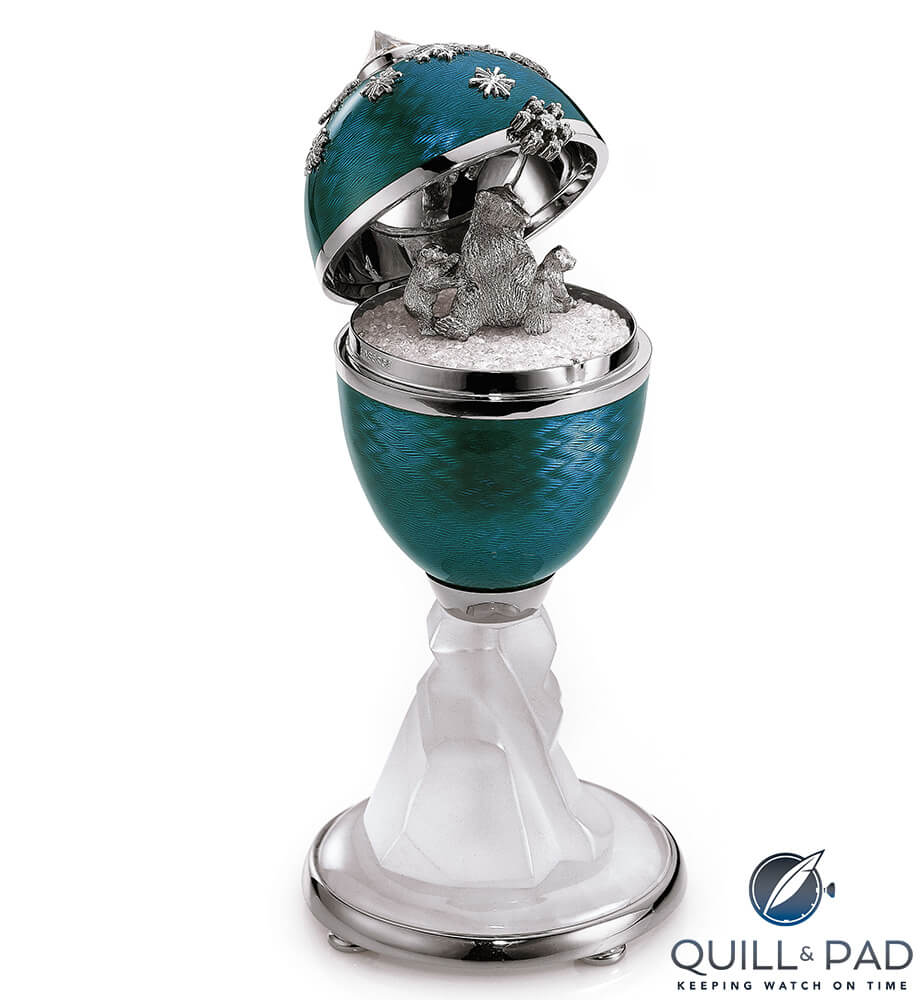
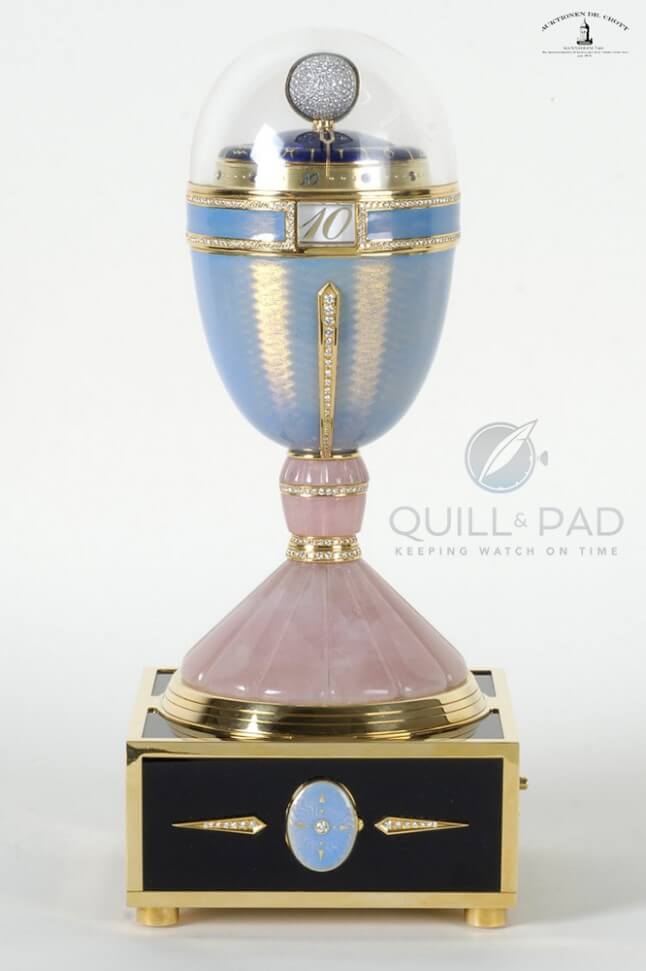
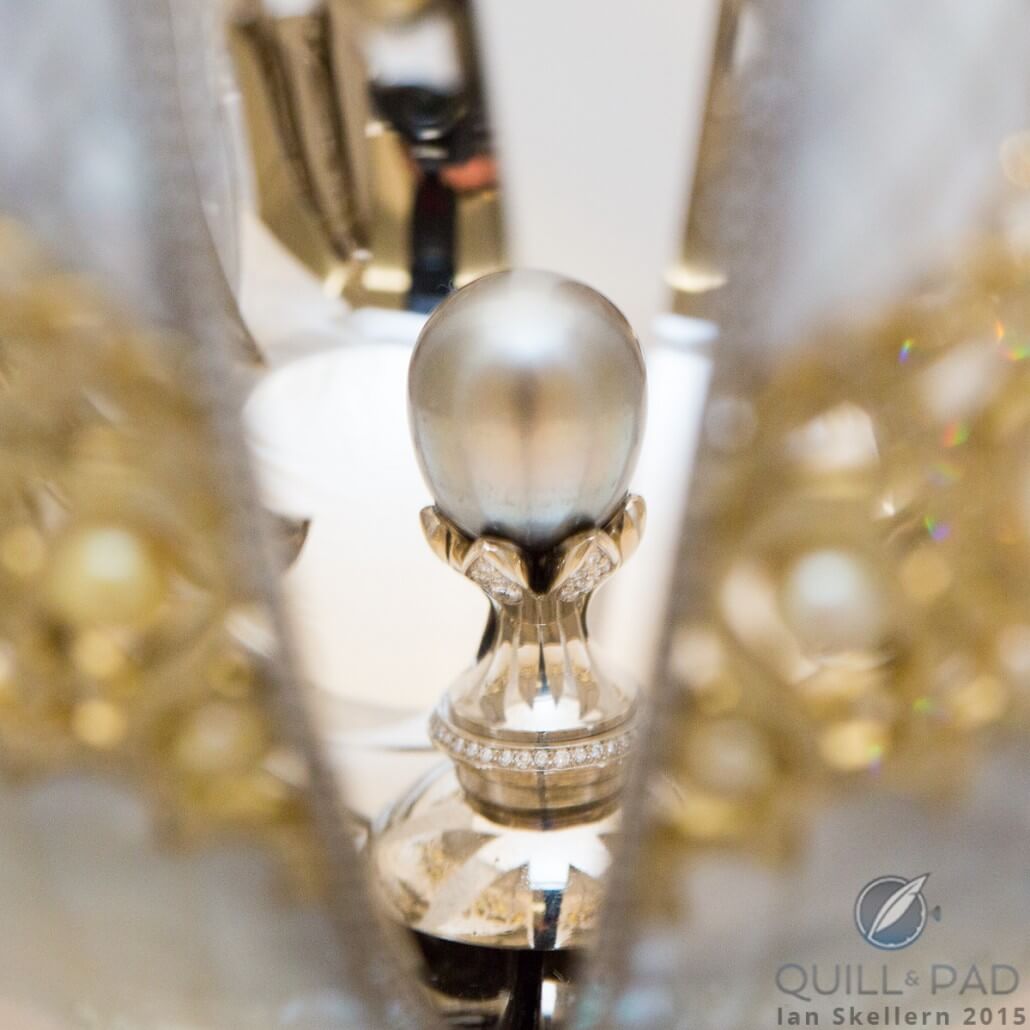
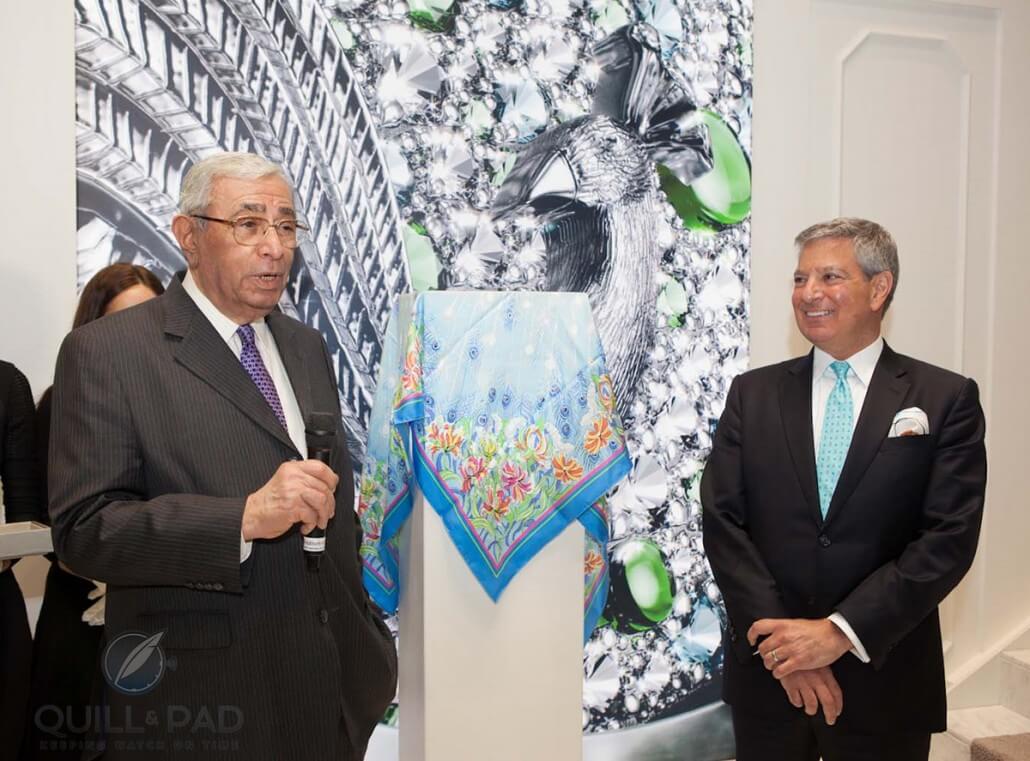
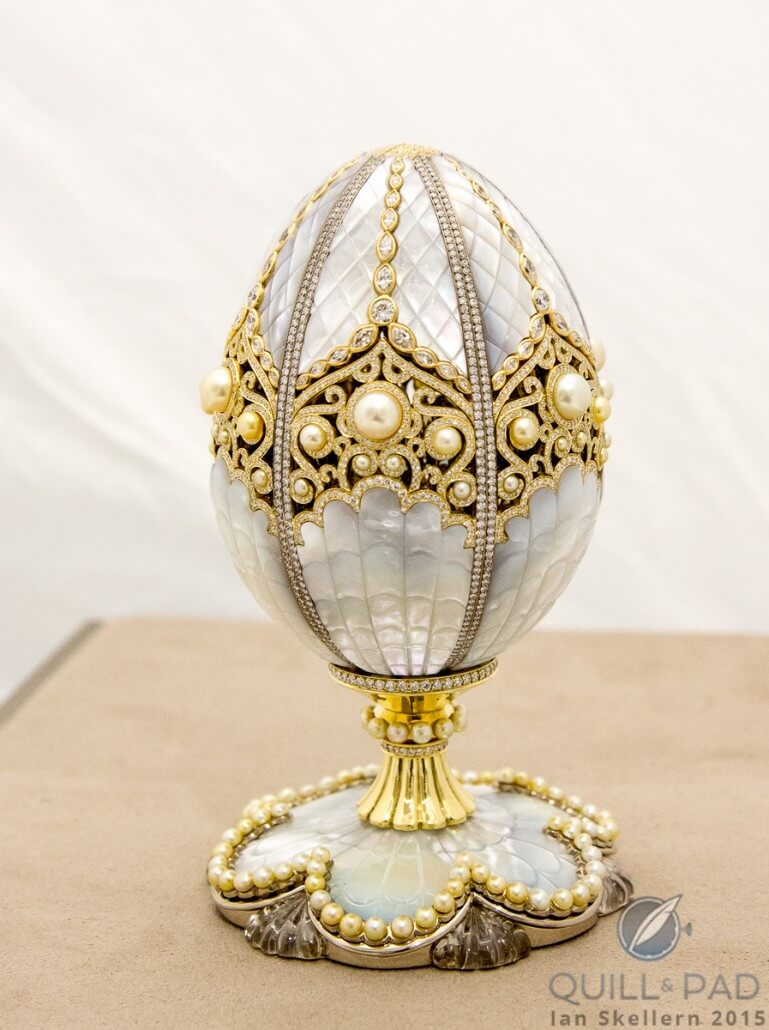
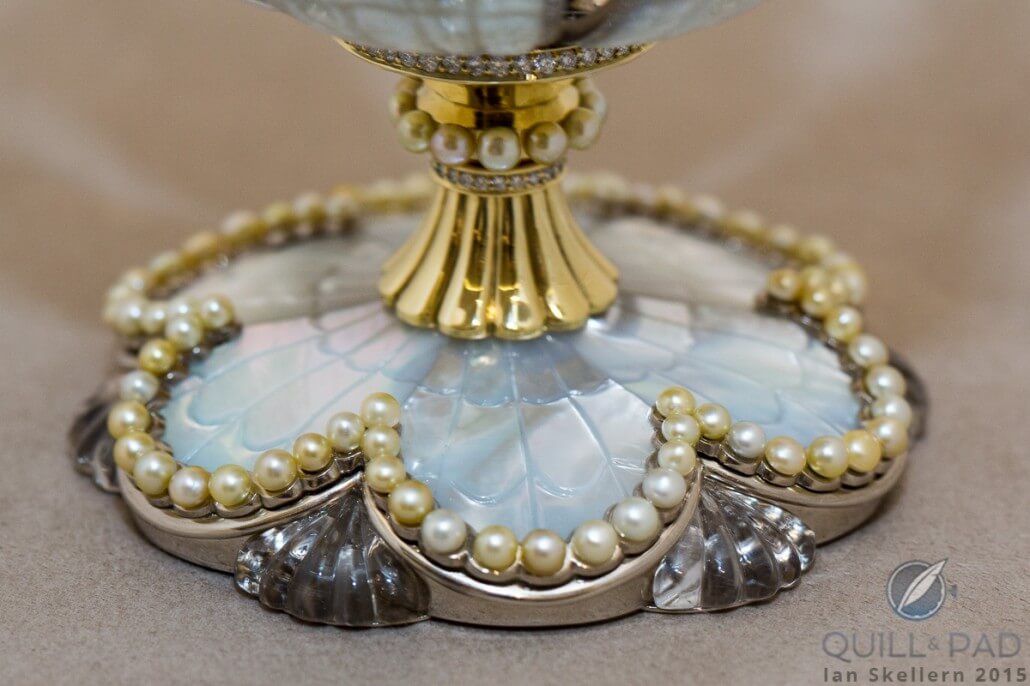
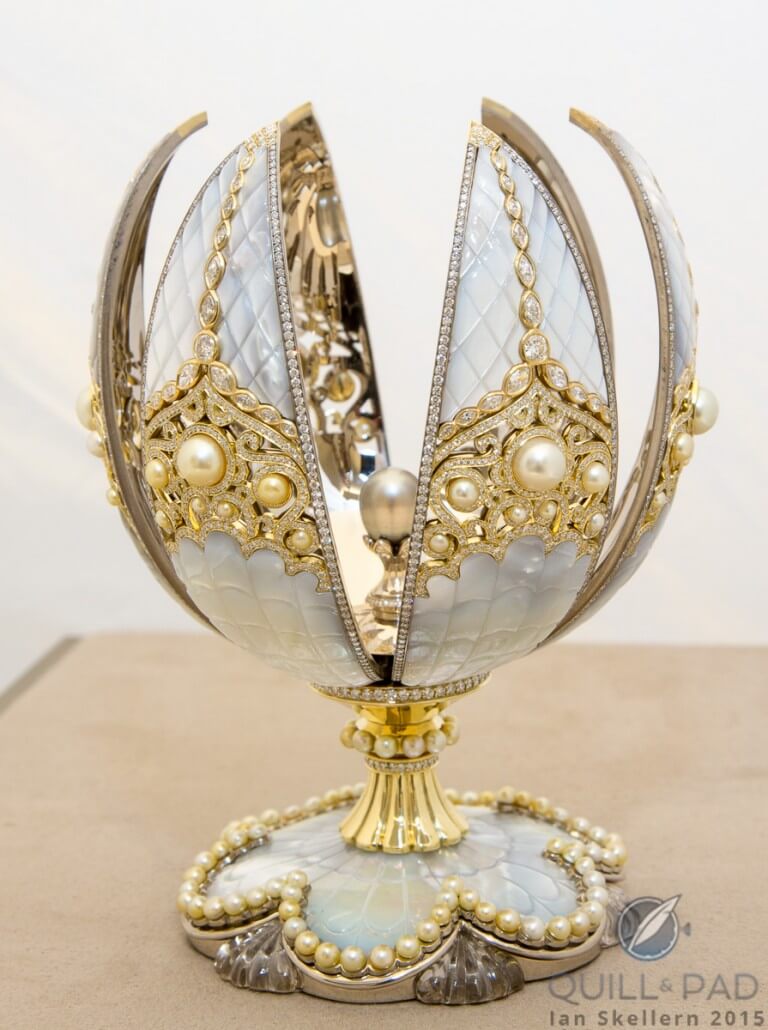
That’s classic,these pearl are South sea pearls.
Often I will read a post and think great post! …
Thank you for sharing valuable information for us